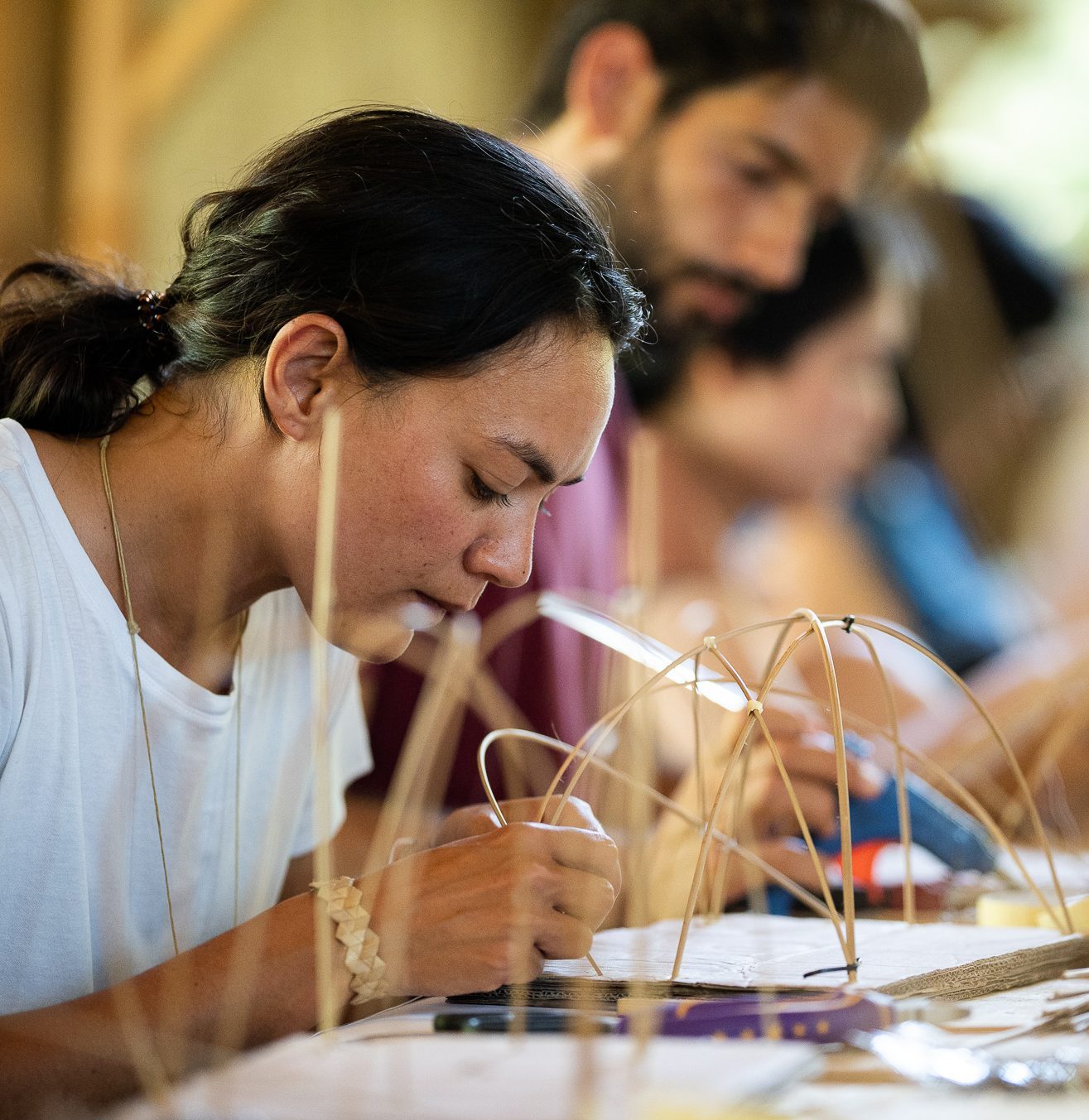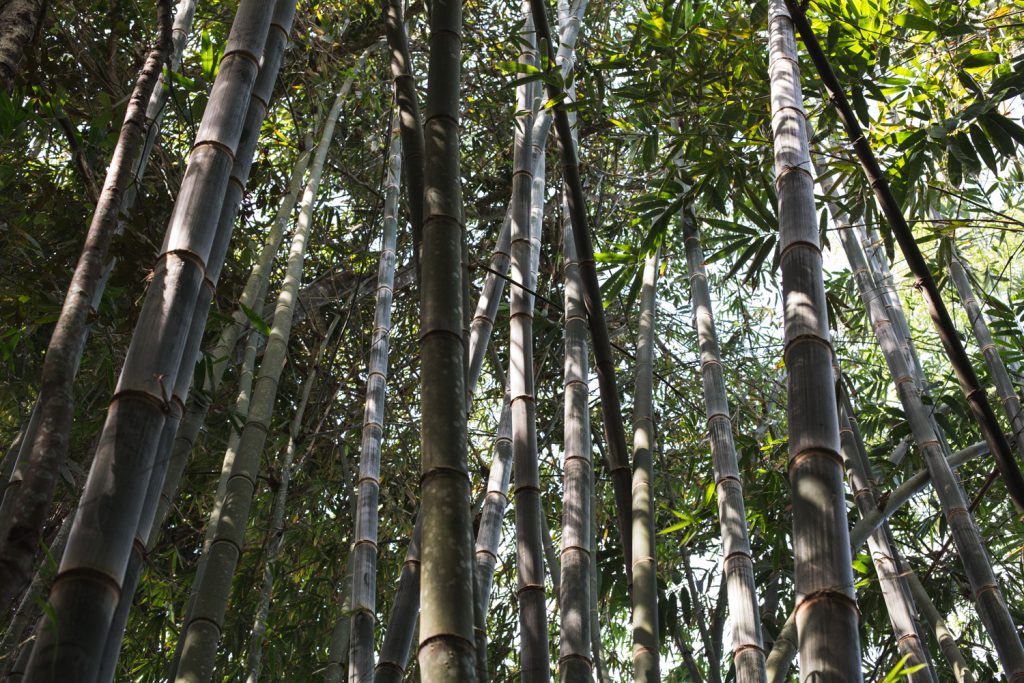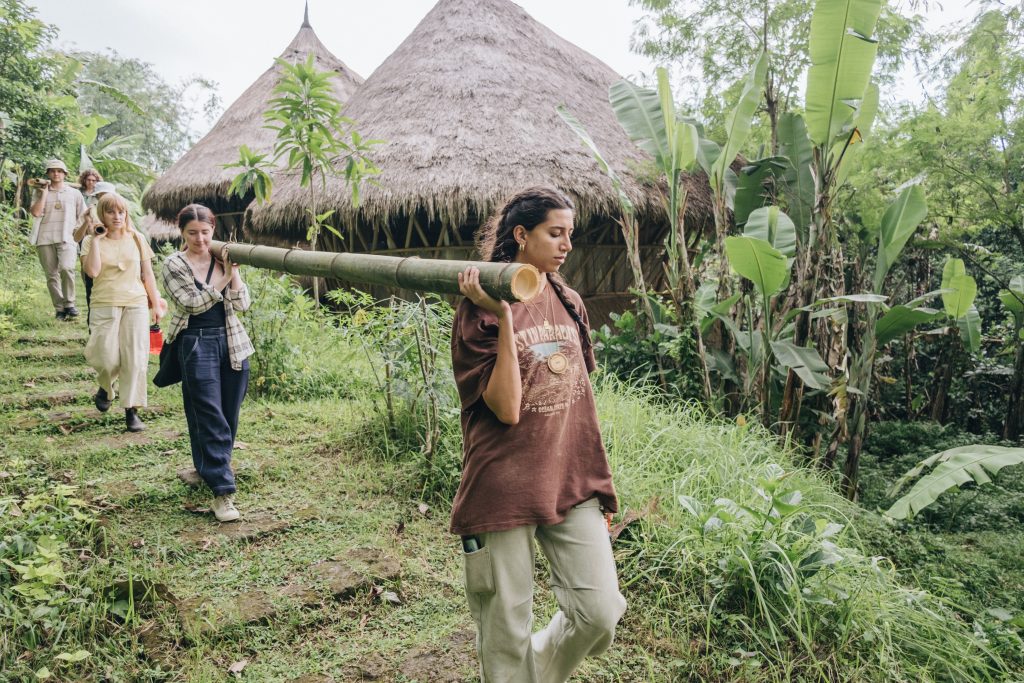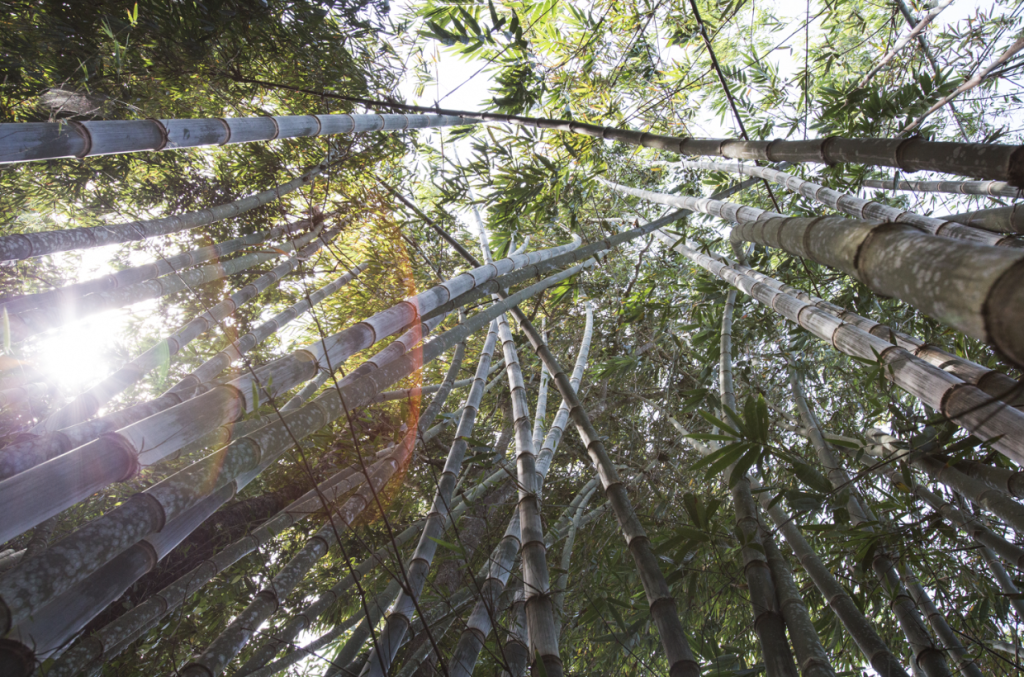Essential Tips For Planting Your Own Bamboo
By Luiz Fellipe Machado | June 27, 2023 | Forestry -
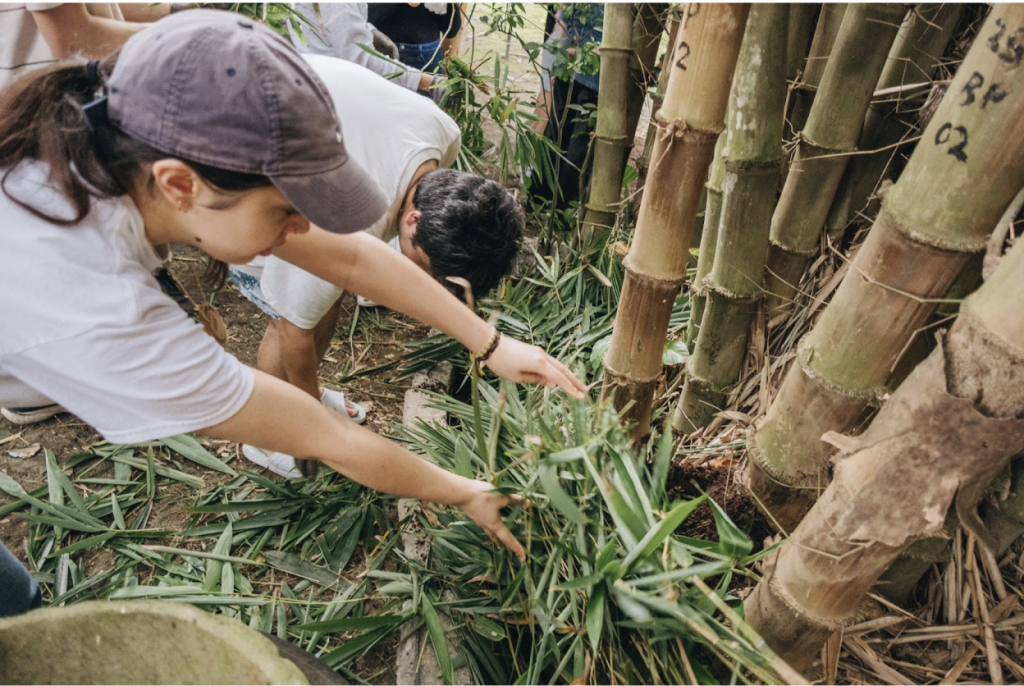
Learn how to grow your own bamboo forest, and gain practical insight and expert tips to start your journey toward bamboo cultivation.
The journey of growing your own bamboo is a fascinating experience that promotes sustainability and brings you closer to nature. It all begins with the simple act of planting a single bamboo branch, like sowing a tiny seed of inspiration which, if well cared for, can soon flourish and give life to a new universe of possibilities.
From the modest beginnings of planting your first bamboo culm to the establishment of an ecosystem, in this article, we will go through some essential tips for growing bamboo. This will provide you with the knowledge to overcome obstacles and give you helpful insights to help you grow your own bamboo clumps as part of a healthy system.
In this article, we cover:
- Where To Grow Bamboo
- When To Plant Bamboo
- Soil Conditions For Success
- What Bamboo Species To Plant
- Acquiring Bamboo Seeds And Cuttings
- Bamboo As Part of An Agroforestry System
Where To Grow Your Bamboo
Let's start with the most fundamental aspect: the location. Bamboo is a versatile plant that thrives in a variety of climates, however, most bamboo species thrive in tropical and subtropical climates. They prefer warm temperatures, high humidity, and an abundant supply of water. Selecting a location near a water source, such as a pond, stream, or irrigation system, can simplify the watering process and guarantee that the plants receive appropriate moisture when needed.
Additionally, it is fundamental to choose a place that considers convenience for maintenance, accessibility for harvesting, and transportation.
Finding the right piece of land is crucial for long-term success and the overall management of your plantation. Because bamboo propagates rapidly, choosing a location that allows its roots to develop freely is essential to enable new bamboo shoots to spread without encroaching on nearby structures or plantations.
When deciding on a location for your bamboo plants, consider the practical aspects of maintenance, harvesting, and future use. While bamboo requires regular maintenance to ensure optimal health and growth, having a bamboo forest in relatively close proximity to your home or other structures makes it easy to care for the plants, check their progress, and perform normal maintenance tasks. This convenience can save you time and effort, making the care of your bamboo forest more fun and manageable.
Of course, the specific distance will depend on the size and growth habits of the bamboo species you choose, as well as the layout of your property. It's worth noting that some clumping bamboo species have a more restrained growth habit and shorter rhizomes, making them less likely to spread excessively. However, it is always prudent to research and select clumping bamboo species known for their non-invasive nature and moderate growth.
Choose a location with easy access to transportation routes as this can help simplify the logistics of harvesting and utilizing bamboo in your projects.

When To Plant Bamboo
Linked to the previous topic, selecting the right period of the year to plant and manage your bamboo is fundamental. In subtropical and tropical climates, similar to what we have here in Bali, it is ideal that the time of planting should coincide with the start of the rainy season. This will supply the young bamboo shoots with abundant water during their early growth period. On the other hand, in more temperate climates, early autumn is the suggested planting time. This way, the shoots can benefit from the natural daylight and warm temperatures before the colder months approach.
Bamboo rhizomes are the underground systems attached to the roots responsible for plant growth and spread. The most active rhizome growth occurs during spring and early summer. You can use this information for future pruning and clump management, focusing on these periods of heightened rhizome activity to maximize your bamboo growth.
If your intention is to set the foundation for your bamboo forest to flourish in harmony with its environment, working on this precise scheduling for planting and maintenance allows the young plants to establish a strong root system. This assures their stability and resilience as they confront the rigors of changing seasons.
Soil Conditions for Success
While bamboo is recognized for its resilience, it does have some preferences when it comes to soil. Ideally, the soil conditions should be fertile, rich in organic content, and slightly acidic, which means a pH level between 5.5 and 6.5.
To maintain the chosen soil in these ideal growing conditions, it is highly recommended to evaluate its nutrient level and make any required amendments. For soils that are too acidic (pH below 5.5) you can add agricultural lime. For soils that are too alkaline (pH above 6.5), coconut coir, also known as coco peat as well as compost can be added to create the ideal environment suitable for plantation. Remember, healthy soil is the foundation for vibrant bamboo growth!
Once you have established the ideal soil conditions for your bamboo plantation, it's essential to strike a delicate balance while watering your bamboo. Despite the fact that bamboo is a thirsty plant, overwatering can ruin your clumps. Combining harmonious watering with good mulching around the bamboo's base, you can provide moisture in the soil and prevent weed development, creating the perfect microclimate for your bamboo plantation.
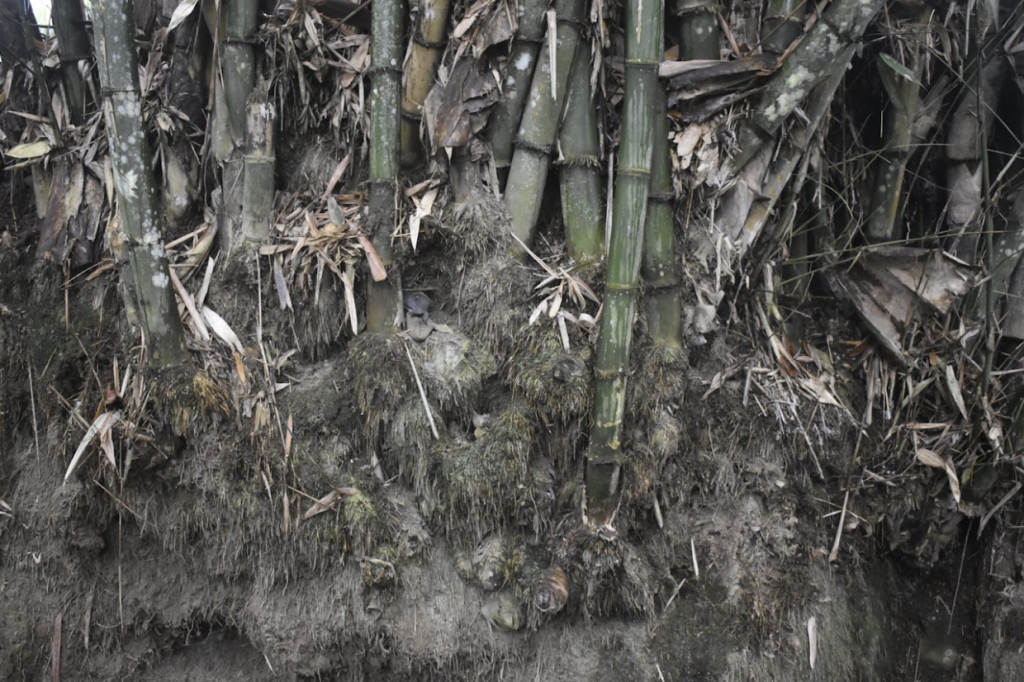
Choosing The Right Species
With over 1,000 species of bamboo worldwide, choosing the best bamboo for your area may be an exciting journey of discovery. Each species has its own unique growth characteristics.
If you are a first-time bamboo grower, it is recommended to start with native bamboo species of your area which will be best adapted to your local climate.
Next, consider the purpose of the bamboo you're planting. If you are planting bamboo to use for construction you are going to want to make sure that the bamboo you plant has been proven to be good to use for building. In this article, we have listed the 5 most common types of bamboo used in the world for construction: https://bamboou.com/different-types-of-bamboo-and-their-uses-in-construction/.
Choosing any one of these species will guarantee that once mature and treated, your bamboo is ready to build with. However, if you are in an area where these species are not available, don’t worry, do your research. There is plenty of other bamboos proven worldwide to be good for construction.
If you are not sure whether the bamboo you have available has the optimal structural qualities to use for construction you will need to run a series of tests to verify that the bamboo you have available is indeed good for construction. Learning some basic engineering tests for bamboo will be helpful in this instance.

Acquiring Cuttings or Seedlings
Typically, when we think of growing our own plants, we begin with seeds or seedlings. However, with bamboo, cuttings are a more suitable alternative. One choice is to join neighborhood horticultural or bamboo groups, where enthusiasts frequently trade or exchange plant material. Nurseries specializing in bamboo cultivation are another excellent resource. They can provide expert guidance on selecting the right species and offer high-quality cuttings or seedlings to kickstart your bamboo forest project.
In addition to traditional nurseries, gardening centers, and bamboo associations, the digital landscape has witnessed the rise of online platforms and marketplaces dedicated to sustainable gardening. These platforms offer a convenient and accessible way to acquire bamboo plant material.
For a step-by-step guide on how to Propagate Your Own Bamboo From A Cutting, read through this article here: https://bamboou.com/how-to-propagate-bamboo/

Bamboo as Part of an Agroforestry System
Planting bamboo in an agroforestry system is important for biodiversity, soil health, and creating ecological balance. Bamboo provides shade, wind protection, and carbon sequestration, while other companion crops can be planted to enhance soil fertility, diversify output, and optimize land use.
Examples of integrating bamboo into a diverse forestry system (as opposed to a mono-crop system) include intercropping legumes like beans or peas between bamboo rows and growing shade-tolerant medicinal herbs. This approach promotes regenerative land management, maximizes resource utilization, and offers economic opportunities in a diverse and resilient system.
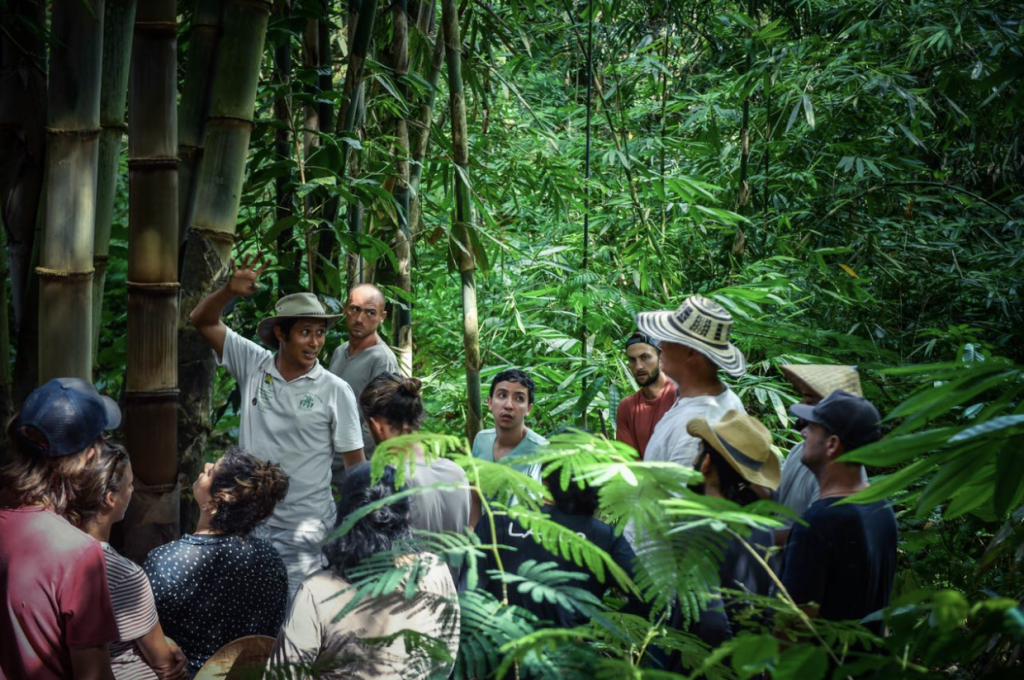
As we face the challenges of the future, bamboo cultivation emerges as a symbol of hope and our dedication to sustainability. Cultivating bamboo goes beyond just growing a plant - it is a powerful act that shapes the world for future generations.
As a grower, cultivating bamboo can offer a fulfilling and rewarding experience on a personal level. It allows you to connect with nature while harnessing the potential to generate income and build a sustainable business.
Whether you choose to start a small-scale bamboo farm or establish a larger plantation, having your own forest is not just an investment in your surroundings, it is a commitment to a greener future. By choosing the right location, ensuring optimal soil conditions, and selecting suitable species, your bamboo will flourish and inspire others to embrace the beauty and sustainability of this remarkable plant.
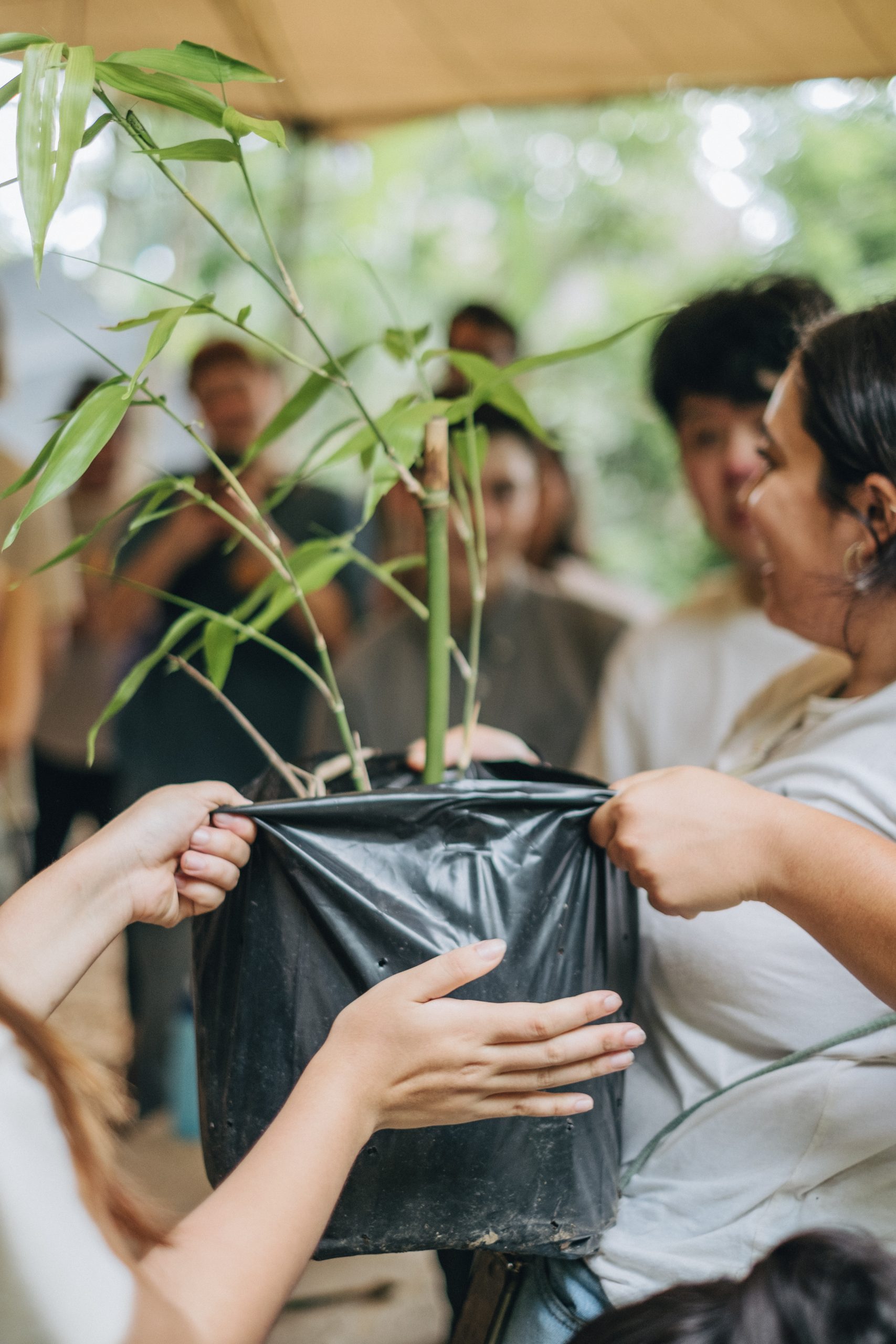

To dive deeper into the topics of growing, harvesting, and managing a bamboo plantation, join one of our courses: https://www.bamboou.com/courses

Passionate Architect and Educator from Brazil, specializing in Bamboo Design and Permaculture. With experience managing projects in Europe and South America, Luiz integrates natural materials and original approaches whenever possible into his work. For Luiz, Education is a joyous pursuit based on collaboration, sharing, and creativity.
June 7-18, 2024
The 11 Day Bamboo Build & Design Course in Bali
In 11 days, we'll show you how to build bamboo structures we’ll share all that it takes to build with nature.
April 26, 2024
The Fundamentals of Building with Bamboo Online Course
All the fundamentals you need to get you started working with bamboo. Deep dive into cinematic videos and step-by-step guides that will provide you with a strong understanding of bamboo as a design and building material.











